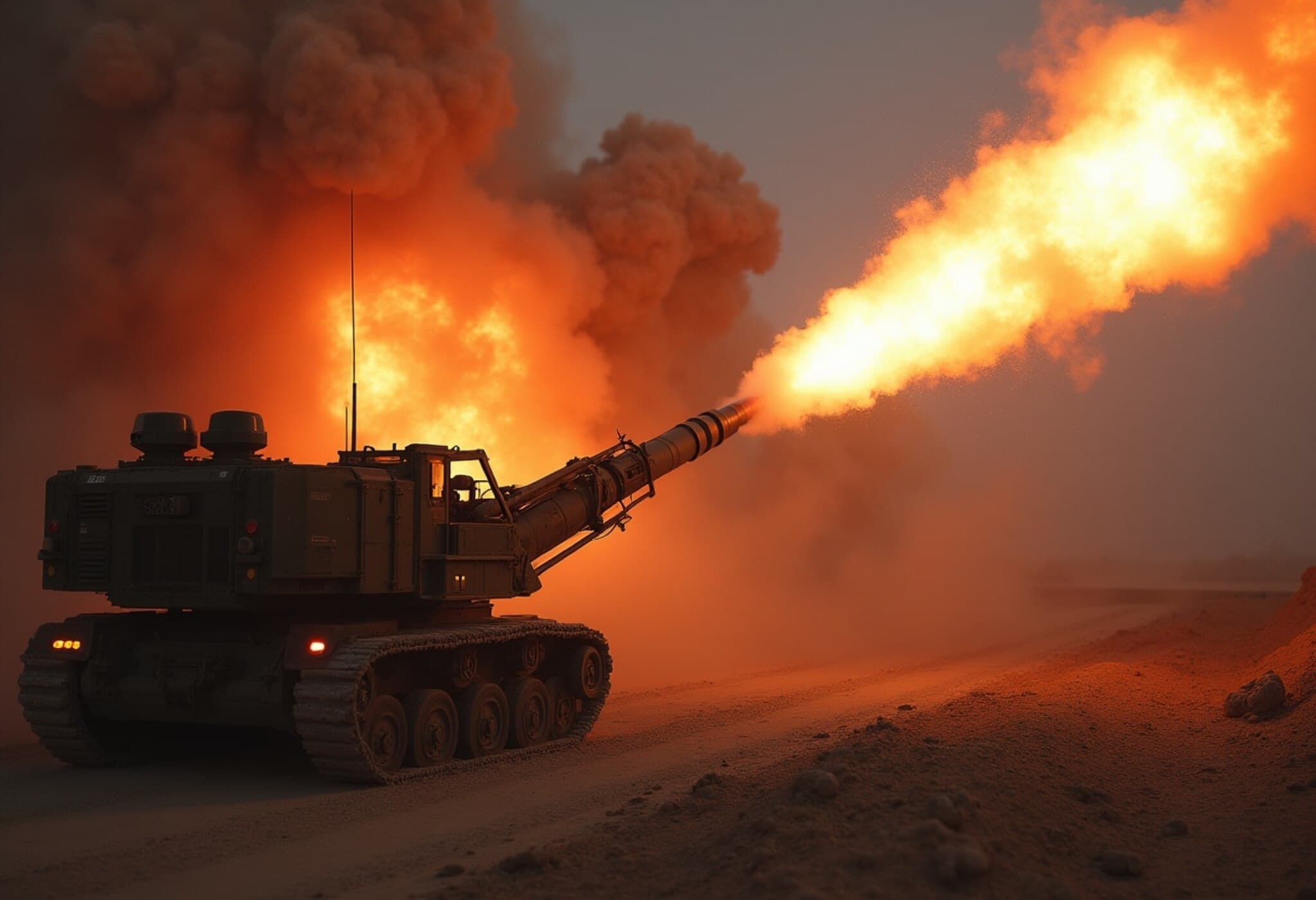Viasat's Hidden Potential Spotlights Activist Investor Strategy
Viasat Inc (VSAT), a significant player in global communications and defense technologies, has come under the discerning eye of activist investor Carronade Capital Management. This multi-strategy investment firm is urging Viasat to reconsider its structure by separating its Defense and Advanced Technologies (DAT) segment, spotlighting untapped shareholder value that could revitalize the company’s market perception and performance.
Understanding Viasat’s Dual Business Model
At its core, Viasat operates two distinct yet complementary business segments:
- Communications Services: Representing about 73% of revenue and 80% of EBITDA, this legacy satellite segment includes fixed broadband, government, maritime, and inflight communication (IFC) offerings.
- Defense and Advanced Technologies (DAT): A rapidly expanding area accounting for roughly 27% of revenue and 20% of EBITDA, focusing on cyber defense, information security, next-gen encryption, tactical networking, and aerospace mission systems.
While the Communications segment is well-established, its broadband unit is grappling with declining revenue—down more than 27% year-over-year—as emerging competitors like SpaceX’s Starlink capture market attention. Yet, other parts of the communications business, particularly government contracts, IFC, and maritime services, are experiencing robust growth, defying narrative assumptions.
Dispelling Myths: The Market’s Misunderstanding
Carronade argues that Viasat is pigeonholed unfairly as a fading satellite legacy firm. The dominant market story, they contend, is overly simplistic:
- Broadband is in decline: True, but this segment holds the lowest margins and does not represent the whole of Communications.
- IFC market dominance threatened: Largely exaggerated, given long-term, high-switching-cost contracts and a rapidly growing aviation Wi-Fi market with significant runway for expansion.
In fact, Viasat’s IFC customers currently serve over 4,100 planes, with an additional backlog of 1,600 aircraft, indicating entrenched position and growth potential despite competitive pressures.
The Untapped Value in Defense and Advanced Technologies
The real revelation lies within the DAT segment. Carronade labels it a "hidden gem," with compelling metrics:
- Revenue of $1.22 billion and EBITDA of $285 million
- Robust 28% EBITDA margins, significantly higher than many peers
- Mid-to-high double-digit revenue growth trajectory
- Exposure to cutting-edge sectors such as Golden Dome electronic warfare, advanced encryption, drones, device-to-device (D2D) platforms, and low Earth orbit applications
For context, comparable companies like AeroVironment and Kratos operate at lower margins and slower growth but trade at 20x to 80x EBITDA multiples—while Viasat overall trades near just 6x EBITDA. This disparity points toward substantial value mispricing.
Innovative Platforms Paving the Way
Among DAT’s standout technologies is its D2D connectivity platform, which promises to directly link unmodified smartphones and Internet of Things (IoT) devices to global networks—potentially transforming military and commercial communications on a vast scale.
Carronade’s Bold Proposal: Spin-Off or IPO
Carronade advocates for unlocking this value through a spin-off or initial public offering (IPO) of the DAT segment. Their financial models forecast DAT valuations between $6.3 billion and $16.2 billion, based on 20x to 51x EBITDA multiples aligned with peer benchmarks.
The communications segment, trimmed to core growing units and excluding diminishing broadband, would be valued more conservatively. Adding contract revenue from partnerships like Ligado Networks strengthens the overall picture. This restructuring could elevate total shareholder value to between $48.93 and $112.49 per share, translating to potential returns ranging from 76% to a staggering 304% above current prices.
Implications for Investors and the Broader Market
Viasat’s story underscores a broader theme in today’s market: the peril of outdated narratives overshadowing operational realities. While companies like Starlink dominate headlines with compelling growth tales and breakthrough PR, firms like Viasat harbor substantial intrinsic value that requires sharper focus.
Shareholders and debt holders alike stand to gain if Viasat embraces strategic restructuring. With Carronade owning 2.6% of shares and bringing expertise honed at Elliott Management, the activist investor could catalyze a pivotal shift in how the market values the company.
Interestingly, Viasat’s management appears attuned to this dynamic, having hinted at DAT divestiture possibilities, which may signal alignment with Carronade’s proposal and a readiness to unlock latent potential.
Expert Insight: Navigating the Future of Defense Tech and Communications
From a policy and economic perspective, Viasat operates at the confluence of critical national security priorities and global connectivity imperatives. The DAT segment’s focus on cyber defense, encryption, and advanced aerospace technologies aligns directly with increasing government spending on resilient defense infrastructure amid mounting geopolitical tensions.
Moreover, the burgeoning inflight and maritime connectivity markets mirror growing consumer and commercial demands for uninterrupted, secure internet access globally. A leaner, focused Viasat could better capitalize on these secular growth trends, navigating competitive threats with agility.
Looking Ahead: Questions and Challenges
- How will regulators view a potential spin-off concerning national security controls?
- Can Viasat’s management implement this strategic shift smoothly without disruptive operational impacts?
- Will other satellite and defense players respond with their own restructuring or innovation moves?
- How might broader market sentiment evolve as more investors demand transparency and focus from diversified tech conglomerates?
Editor’s Note
Viasat’s case offers a fascinating glimpse into how activist investors serve as catalysts for uncovering hidden corporate value. It challenges us to move beyond media hype and headline-driven narratives to examine the underlying fundamentals and strategic positioning of complex firms.
For stakeholders, the unfolding scenario presents both an investment opportunity and a lens into the evolving interplay between legacy infrastructure and next-gen defense innovation. As Viasat grapples with market realities, the company’s trajectory will be a bellwether for how technology incumbents adapt and thrive amid transformative industry shifts.



















